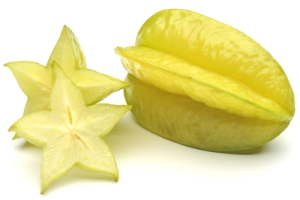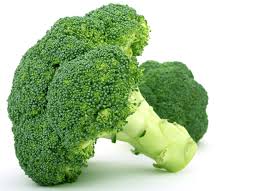As we all know, there’s a drought going on in Southern California. Local water monitors come through residential neighborhoods looking for culprits, boat owners can’t put in local lakes due to their shallowness, and signs are up everywhere pleading people to cut back on their water use. But humans need water to live, it’s a fact. So how do you drink enough water to stay hydrated while also contributing to lessen your water use during this drought? Here are a few tips to doing just that.
- Buy a filtering water bottle and stop buying bottled water. Firstly, some bottles leak chemicals from plastics, so you don’t really know what’s in your water. Secondly, the actual water itself can come from many different sources, so you don’t know what you’re putting in your body. And lastly, buying bottled water is not eco-friendly. 100 bottles= more trash than 1 BPA-free bottle re-used 100 times. It’ll also help you to drink more water if you carry a bottle everywhere.
- Drink a glass or two of water with every meal. Experts say that most of the time when you think you’re hungry, you’re actually just thirsty/dehydrated. So use that filtered water bottle you’re about to buy and fill it up a couple times before, during, and after your meal.
- Make sure you hydrate properly before, during, and after a workout. It’s hot out, and if you’re running outside you’re going to need to drink enough water to replenish your body’s 70% H2O makeup. It’s also a fact that drinking water helps to flush out the lactic acid in your muscles after a workout. So grab some water and drink up so that you aren’t as sore tomorrow.
Filtercon Technologies provides you with two great ways to save water and money while staying hydrated during this drought. Firstly, we have two different filtering water bottles that you can carry with you anywhere. One is from BPA-free and includes a carbon filter that takes out chlorine. The other is a stainless steel bottle that filters out bacteria. The other way that you can save money, water, and help your family stay healthy is to buy a whole house water filtration system for your home. It feeds filtered water to all of the pipes in your house while also re-using the water it backwashes with.
To find out more information, visit our website at http://www.filtercon.com or call our office at our toll-free number (800)-550-1995.

















